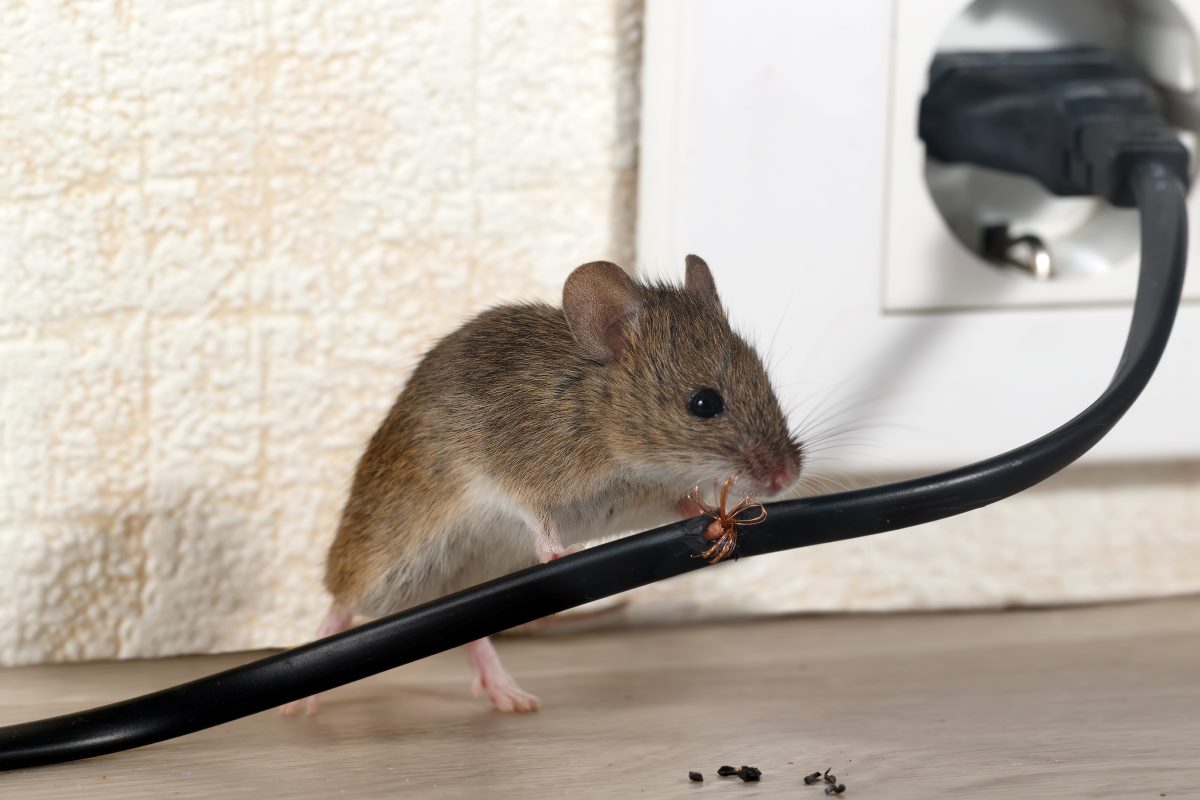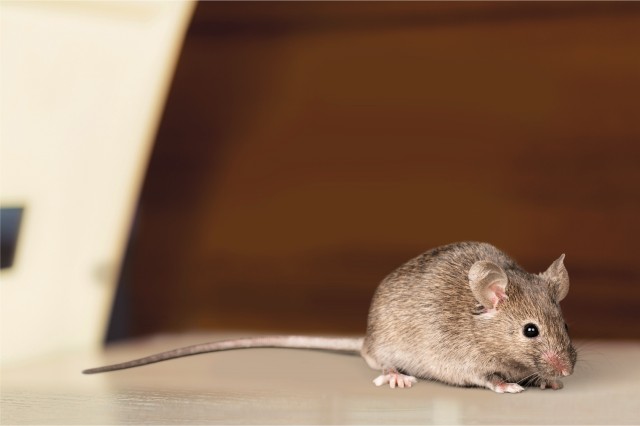Rodent Control Automation for Enterprises: A Revolution in Pest Management
Share
In the world of business, maintaining a pristine environment is not just a matter of aesthetics, but a necessity for operational efficiency and safety. One of the hidden threats that can disrupt this harmony is rodent infestation. This is where rodent control automation for enterprises comes into play, promising to redefine how businesses handle these pervasive pests.
Rodent control automation for enterprises is rapidly becoming a cornerstone of modern pest management strategies. As businesses strive to enhance their operational infrastructure, incorporating automated solutions for pest control ensures not only a hygienic setting but also peace of mind for enterprise owners and stakeholders.

Why Is Automation the Future of Rodent Control?
With the increase in technological advancements, automation has made significant strides in various sectors, including pest management. Traditional methods of pest control can be labor-intensive and often fall short of providing a permanent solution. By leveraging technology, businesses can ensure a more efficient, reliable, and cost-effective approach to managing rodent populations.
One of the primary benefits of automated rodent control is the ability to monitor and manage infestations 24/7. This round-the-clock surveillance is crucial in minimizing the risk of infestations going unnoticed and causing damage. The benefits of automated pest control extend to various industrial segments, making it a versatile solution for enterprises worldwide.
How Does Rodent Control Automation Work?
At its core, rodent control automation utilizes cutting-edge technology, such as sensors and smart traps, to detect the presence of rodents. These systems can send instant alerts to designated personnel, ensuring prompt action is taken to address the issue. For a deeper insight into the mechanisms involved, you can refer to smart pest control technologies discussed by TrapXs insights on smart pest control.
The integration of artificial intelligence (AI) further enhances these systems, enabling them to learn and adapt to specific environments. This adaptability ensures that the control mechanisms remain effective even as rodent behavior evolves, providing a dynamic solution to a dynamic problem.
Areas of Application and Benefits for Enterprises
Beyond just warehouses and logistics centers, rodent control automation is applicable to a variety of settings including food processing plants, offices, retail spaces, and more. Automation helps maintain compliance with health and safety standards, critical in industries where cleanliness and safety are paramount.
The advantages for enterprises extend beyond pest control. Reduced manual labor, decreased pesticide use, and the assurance of continuous protection can lead to significant cost savings. Enterprises involved in logistics may particularly benefit, as maintaining pest-free environments is crucial for ensuring product integrity and safety as showcased in this logistics pest control guide.
The Economic Impact of Automated Rodent Control on Enterprises
Implementing an automated rodent control system can have profound economic implications for businesses. By reducing the need for constant manual intervention, companies can allocate their human resources more effectively. Additionally, early detection and prevention reduce the likelihood of costly damages and potential health hazards that can result from infestations.
Pest management costs can accumulate rapidly, especially when dealing with recurrent infestations. By investing in automated solutions, businesses can forecast and manage these expenses more effectively, enhancing their overall cost efficiency. Additionally, businesses operating in sectors such as food processing, can benefit from increased compliance and reduced operational downtimes due to pest issues. Discover more about effective pest control strategies on platforms like Food Safety Magazine.
Challenges and Considerations in Implementation
While the benefits are clear, the implementation of automated rodent control systems does come with its own set of challenges. Initial setup costs can be significant, which might be a deterrent for some small to medium-sized enterprises. Moreover, there might be a learning curve associated with managing and fully utilizing these advanced systems.
Nevertheless, the long-term benefits typically outweigh the initial challenges, providing a compelling case for adoption. Enterprises must take into account factors such as the size of their facility, specific pest-related challenges, and budgetary constraints when considering the adoption of these solutions.

FAQs
1. What is the primary benefit of rodent control automation for enterprises?
The primary benefit is the ability to provide continuous, real-time monitoring and management of rodent activity, leading to faster response times and reduced risk of infestation-related damage.
2. Is rodent control automation suitable for businesses of all sizes?
Yes, while larger enterprises may have more resources to implement these systems, smaller businesses can also benefit from tailored solutions designed to suit their specific needs and budget.
3. Can automated systems completely replace traditional pest control methods?
While automation offers a comprehensive solution, it is often most effective when used in conjunction with traditional methods as part of an integrated pest management strategy.
In conclusion, as enterprises continue to prioritize operational efficiency and safety, rodent control automation presents an innovative solution to a persistent problem. By adopting these advanced systems, businesses can not only safeguard their assets and reputation but also achieve significant long-term savings and operational benefits.
This article contains affiliate links. We may earn a commission at no extra cost to you.
